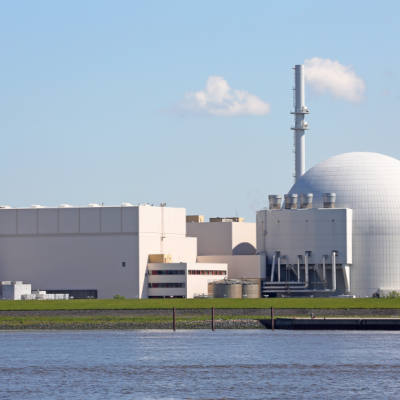Wind Catching Systems, a Norwegian company, has designed an offshore wind farm that can generate electricity for 80,000 households. The innovative turbine design consists of 126 individual turbines, each with a capacity of one megawatt. The turbines are 350 meters wide and 300 meters high, making them as tall as the Eiffel Tower. Despite their impressive size, the wind farm requires no more space than conventional offshore wind farms. The installation and maintenance of these turbines are also expected to be easier than traditional wind turbines, with a significantly increased lifespan.
The Wind Catching Systems wind farm is a significant development in the renewable energy sector, as it can generate more electricity than the largest wind farm in the world. The Chinese wind farm, with a rotor diameter of 252 meters, has a maximum capacity of 18 megawatts and can power approximately 40,000 households. In contrast, the Wind Catching Systems wind farm can generate electricity for 80,000 households. The company plans to start energy production in the coming months, with a prototype already presented in 2021. The final decision on the number of turbines is yet to be made, with the aim of starting energy production this year.
Wind Catching Systems has received funding from various investors, including the Norwegian state-owned company Enova, which invested around three million euros, and General Motors from the United States, which invested approximately ten million US dollars. Additional funding comes from North Energy, Havfonn, and Ferd. The company plans to launch a medium-sized wind-catching unit with a capacity of around 40 megawatts after a successful test run. Later, more extensive facilities will follow, with the massive wind-catching model planned for 2027.
In conclusion, the Wind Catching Systems wind farm is a significant development in the renewable energy sector, with the potential to generate electricity for a large number of households. The innovative turbine design and the ease of installation and maintenance make it a promising solution for the future of renewable energy.










